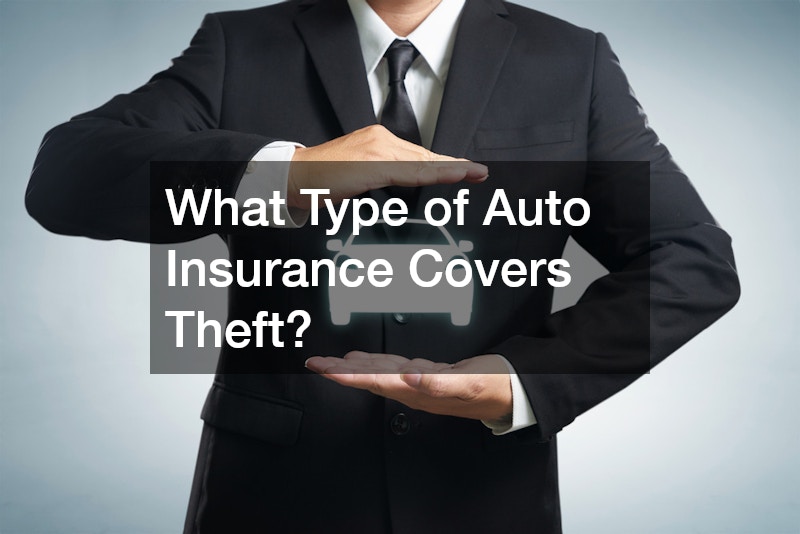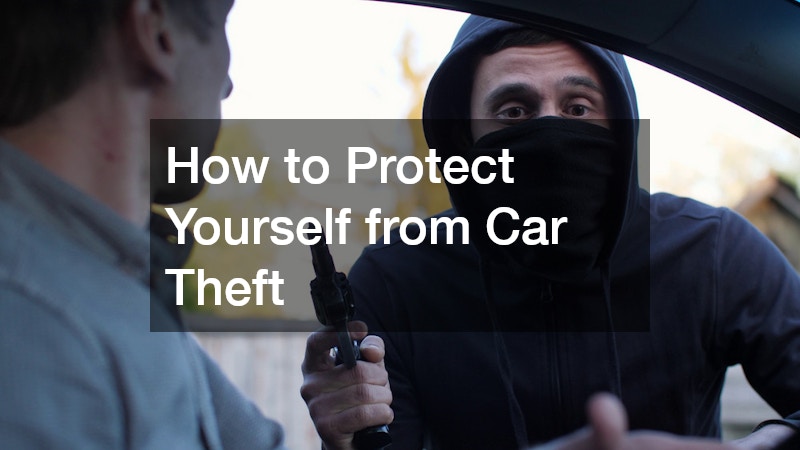
Car theft is a stressful experience for any vehicle owner. Beyond the loss of a valuable asset, it brings concerns about recovery, insurance, and whether you’ll be compensated. One of the most common questions car owners ask is, “Does auto insurance cover theft?” The answer is: yes, but only under certain types of coverage. Not all auto insurance policies automatically protect against theft. This guide breaks down what you need to know to ensure you’re fully protected, how to file a claim if your car is stolen, and what limitations might apply.
If you’re a car owner looking for peace of mind, understanding your policy and coverage options is essential. Let’s explore what theft coverage really means and how to avoid surprises if the worst happens.
What Type of Auto Insurance Covers Theft?
Auto insurance policies are made up of different components. When it comes to theft, only comprehensive coverage will typically reimburse you if your car is stolen or vandalized.
Here’s what comprehensive coverage includes:
- Theft of the entire vehicle
- Vandalism or break-ins
- Damaged or stolen parts (like catalytic converters or tires)
- Natural disasters (fire, flood, hail)
- Damage from animals (e.g., hitting a deer)
Comprehensive insurance is optional in most states unless you’re leasing or financing your car. If you only carry liability or collision coverage, theft will not be covered. This is a critical distinction for car owners who may mistakenly assume basic insurance is enough.
What Happens If Your Car Is Stolen?
If your car is stolen and you have comprehensive coverage, here’s a general outline of what will happen:
- File a Police Report: This is the first step. Insurers require an official report.
- Notify Your Insurance Provider: Submit a theft claim with all required documents.
- Wait for Recovery Period: Most insurers wait a few days (up to 30) to see if the car is recovered.
- Settlement: If the vehicle isn’t found, the insurer will issue a payment based on the actual cash value (ACV) of the car at the time of the theft.
It’s important to know that comprehensive insurance pays the market value, not the original purchase price or any emotional value attached.
Does Auto Insurance Cover Theft of Items Inside the Car?
Many drivers are surprised to learn that auto insurance doesn’t cover personal belongings stolen from inside the car. Items like laptops, phones, or bags are not considered part of the vehicle and fall under homeowners’ or renters’ insurance policies.
What might be covered by your auto policy:
- Built-in vehicle components (stereo systems, navigation units)
- Manufacturer-installed equipment
To get full protection, consider combining your auto insurance with a renters’ or homeowners’ policy that offers off-premises personal property coverage.
Does Auto Insurance Cover Theft? Know Your Limits and Exclusions
It’s not enough to have comprehensive insurance—you also need to understand the limits, exclusions, and deductibles associated with your policy. Many car owners assume full coverage means total protection, but every policy has boundaries.
Important limitations to note:
- Deductible applies: You’ll pay an out-of-pocket deductible before coverage kicks in.
- Custom parts may not be fully covered: Aftermarket upgrades often require additional endorsements.
- Delayed settlements: Insurers may wait up to 30 days to finalize claims in case the car is recovered.
- Depreciation impacts payout: Your claim will be based on your car’s current market value, not what you paid for it.
Review your policy in detail, and speak with your insurance agent to clarify your specific protections and adjust coverage if needed.
Does Auto Insurance Cover Repairs After Theft Recovery?
If your car is recovered after being stolen but comes back damaged, comprehensive coverage may pay for the repairs. This could include body damage, broken windows, or missing parts. However, the same deductible rules still apply, and any compensation is subject to policy limits.
This also raises a related concern: Does auto insurance cover repairs in general? The answer depends on the cause of the damage. For example:
- Collision coverage pays for accident-related repairs.
- Comprehensive coverage pays for non-collision-related repairs like vandalism or weather damage.
In short, if damage results from the theft itself, comprehensive insurance usually steps in.
How to Protect Yourself from Car Theft
Insurance may provide financial backup, but prevention is still the best defense. Here are some practical ways to protect your vehicle:
- Always lock your doors and close windows.
- Park in well-lit areas or secured garages.
- Install an anti-theft device or GPS tracker.
- Never leave valuables visible inside the car.
- Don’t leave spare keys in or near the vehicle.
Additionally, vehicles with anti-theft systems may qualify for insurance discounts, which can help lower your premium.
Final Thoughts: Stay Protected with the Right Coverage
So, does auto insurance cover theft? Yes—but only if you have comprehensive coverage. Many car owners mistakenly assume all insurance includes theft protection, only to find out too late that they’re not covered. Understanding the limits of your policy and what it includes can save you thousands of pesos in the event of a theft or break-in.
Take time to review your current coverage and ensure you have the right protection in place. If your vehicle is a valuable asset, treat your insurance policy like a safety net, because when theft strikes, you’ll want it to hold strong.





